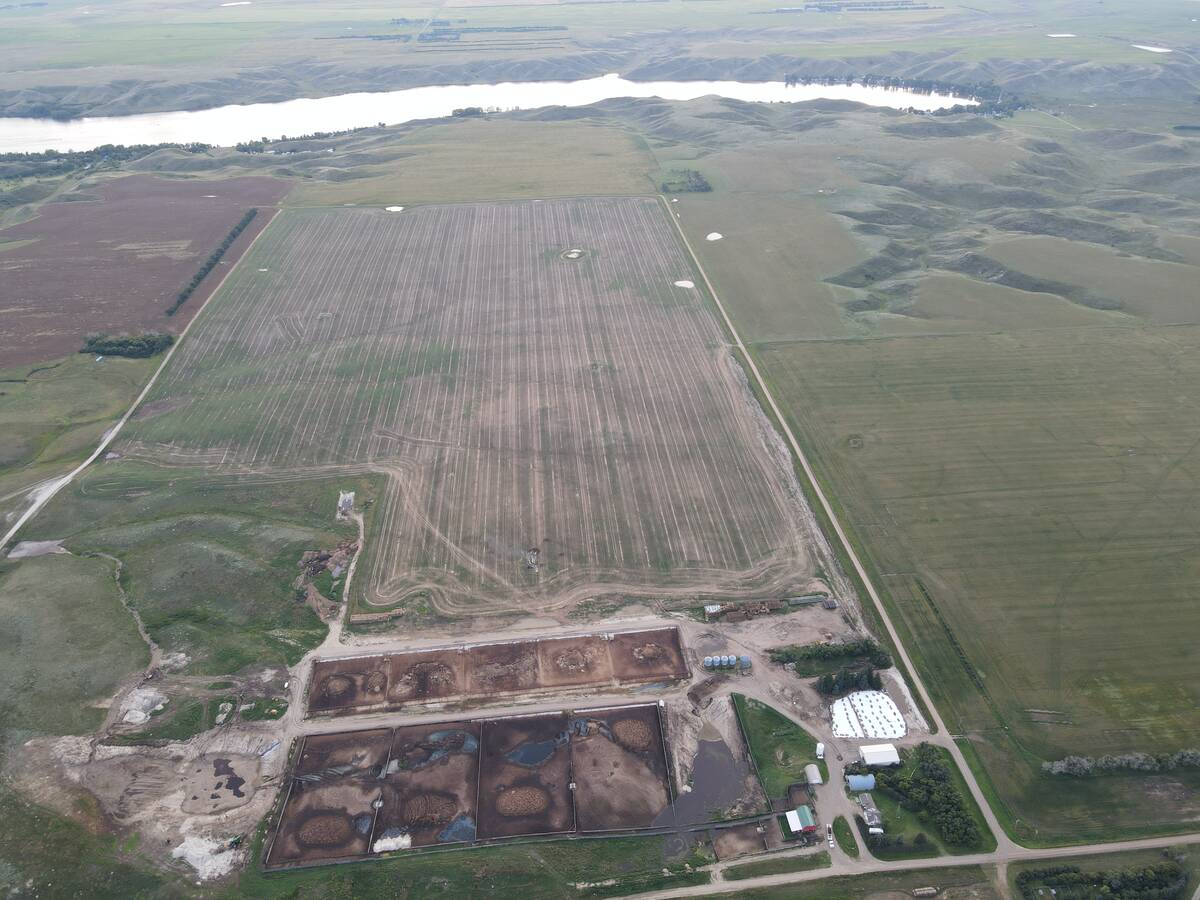BLYTH, Ont. — Niche markets are not without their challenges, but there’s often an important benefit once they are established: farmers can hold the line on price.
That’s been the experience of Warren Ham, a garlic grower, and Fred deMartines, who produces and markets specialty pork. Both spoke at the Rural Talks to Rural conference in Blythe Sep. 29.
DeMartines’ journey began in 1979 when he and his family emigrated to Canada from Holland and began raising hogs in a typical commercial setting. They considered expansion when prices fell but decided instead to maintain their stake in agriculture as relatively small farmers.
Read Also

Saskatchewan RM declines feedlot application, cites bylaws
Already facing some community pushback, a proposed 2,000-head cattle feedlot south of Swift Current, Sask., has been rejected for a municipal permit, partly over zoning concerns about the minimum distance from a residence.
That led to the purchase of wild boar and later Tamworth and Berkshire pigs. Learning how to raise the animals took time, but the real challenge was establishing a market.
“To build this business we had to get out of the commodity mindset,” deMartines said.
“You’ve got to go to where market takes you. For us, that was Toronto.”
He established a relationship with two prominent Toronto chefs, which helped him build a network of buyers.
As with most successful niche markets, others threatened to undercut his prices. However, when customers talk about moving to a cheaper supplier, he tells them that they can certainly come back to him when their new supplier fails, but they will be relegated to the bottom of his list of preferred buyers.
DeMartines said his margins are sufficient to support two families, including his newly married son who plans to eventually take over the business.
“We market about 40 to 50 pigs a week right now. About half of them are regular pigs that we feed a bit differently. The rest are Tams, Berkshires and wild boar,” he said. “It’s taken on a life of its own. People recognize our pork now in the city, but not so much in the country.”
Ham has a similar story.
Ontario’s garlic industry shrank to little more than 200 or 300 acres from close to 6,000 acres in its heyday following the disintegration of the market in the 1990s by cheap imports from China.
Ham and a handful of others discovered that enough Ontario families would pay more for high quality garlic grown in the province. That led to the industry’s modest recovery, but a new problem arose.
Loblaw Companies, Canada’s largest retailer, was concerned that prices for Ontario-grown garlic were too high. Ham was able to convince the chain’s manager that growers would have to receive at least $4 a pound if he wanted to have local garlic in Loblaw stores.
Ham said growers had consumer support, many of whom were especially vocal when it came to locally grown garlic. Also influential was a report on CBC’s Marketplace that examined Product of Canada labelling on jars of imported garlic.
Several hundred acres of garlic are now grown in Canada, mostly in Ontario.














